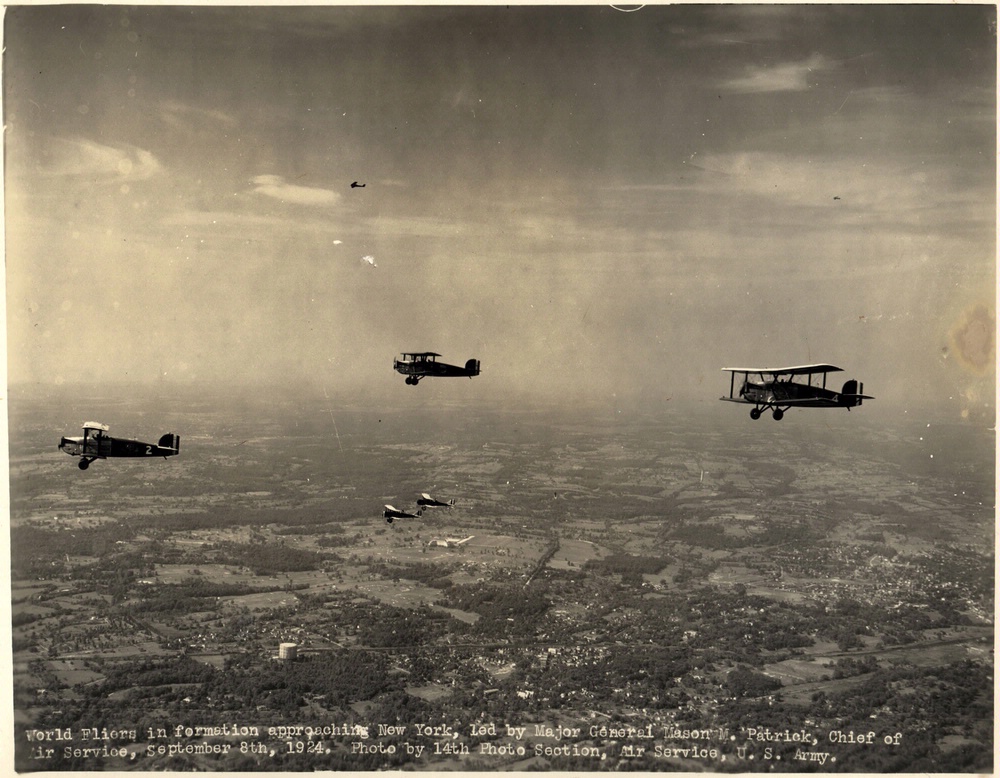To keep their airplanes light enough to get aloft, the fliers could only take 300 pounds of supplies in each plane. They had to make tough decisions about what to include. They did not take parachutes or life preservers.
In Alaska’s Aleutian Islands, the fliers encountered williwaws, or “woolies”—sudden, strong, destructive winds up to 75 miles per hour that rushed down from the mountains. Read how Leslie Arnold described them in his diary.
"The hop from Sitka to Seward was to prove worse than anything we had so far experienced."
- Lt. Leigh Wade
Japan, excited about aviation but suspicious of the American military presence, dictated a serpentine route that protected its military secrets. The rivers and harbors of China and Burma proved to be crowded, chaotic havens for the World Flight. The jungles of French Indochina tested the flyers as they raced to make repairs to the Chicago and stay on schedule.
In Saigon, Indochina, the fliers could not get service at a restaurant because they were not wearing jackets. They tried to explain their situation—they could borrow their Navy friends’ shirts and trousers but not their uniform coats. Still, the waiter refused service.
"When we arrived at Paramushiru, it seemed as though we had descended from the clouds into a new world."
- Leigh Wade
"A great roar of “Banzai!” broke from the crowd when the American plane first appeared."
- The Atlantic Constitution
As the World Flight crossed into Europe, ever-larger enthusiastic crowds greeted the fliers.
The flight from Iceland to Greenland tested the pilots’ skill and courage. They encountered heavy fog and had to fly very low and close to the waves. Flying at 90 miles per hour with little visibility, they barely avoided hitting towering icebergs. One of the pilots later admitted he was terrified.
After reaching the United States, the pilots soon became exhausted by the parades, receptions, speeches, and banquets given in their honor. Everyone wanted to see them, including President Calvin Coolidge. Read the secret telegram Coolidge sent to them.
“If our hospitality seems ferocious, forgive us because it comes from the heart. You will find as you proceed along the home stretch that these receptions are the first evidence of the feeling that all Americans long to show you. The world never forgets its pathfinders. Those who trod the wilderness and cross the seas filled with dangers are never forgotten by posterity.”
- New York Senator James Wadsworth









